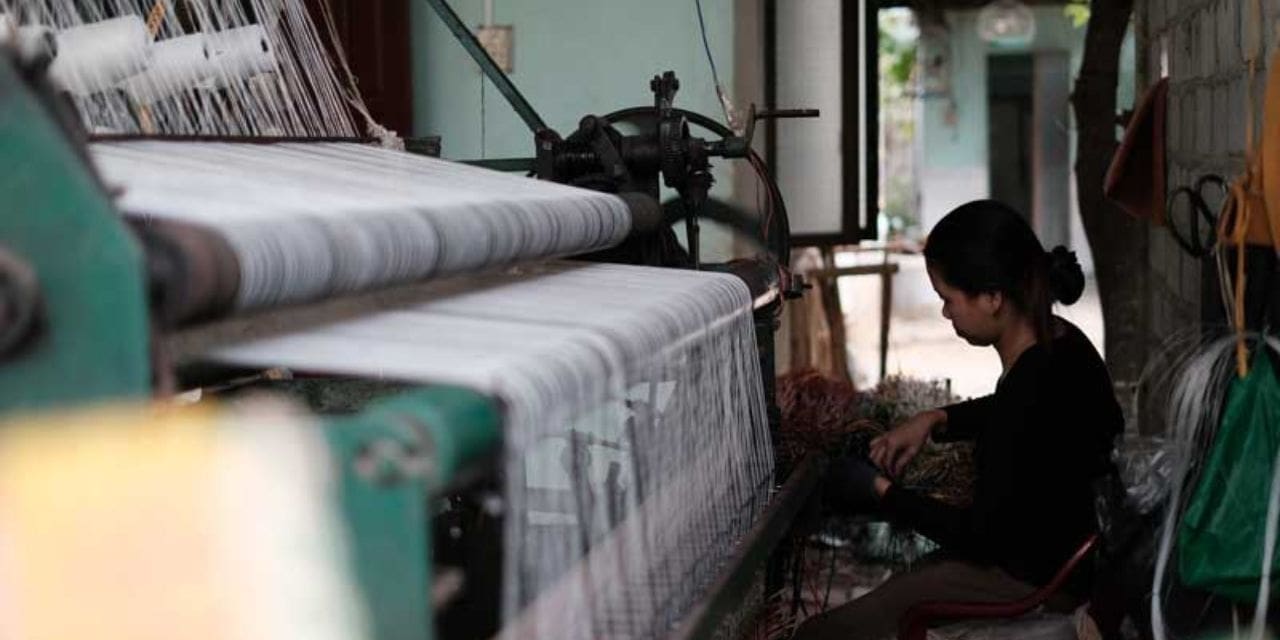Some of the most recent policy initiatives demonstrate that the government is putting a strong emphasis on the labor-intensive sector of the economy, which generates jobs, earns valuable foreign exchange, attracts foreign direct investments for the advancement of the nation’s manufacturing and logistics infrastructure, and generally improves the socio-economic lives of the populace.
Era of uncertainties
The situation in the textiles industry has been clouded by high material prices, weak export demand, uncertainty resulting from geopolitical conflicts, supply chain reorientation, and intense inflationary pressures for a considerable amount of time.
Russia invaded Ukraine in February 2022, and the battle is still going on today, pushing the threat of war closer to developed economies like Europe and the USA. The invasion caused supply networks to break down, which slowed consumer demand and reduced orders for items. Due to high inflation and rising interest rates, the situation is continuing to have an influence on the global economy and is pushing the major economies closer to a severe recession. The rate of investment has slowed down across several industries, including the textile sector, as a result of a storm of unprecedented global events.
Hopes beyond the gloom
Some rays of hope are beginning to shine in the textile business amid the bleak economic predictions across industries. The implications for businesses are obvious: prioritise cost-effectiveness and resiliency while simultaneously taking sensible risks for longer-term success. Additionally, textile companies must attempt to comprehend the shifting dynamics of supply chains, consumer behaviour in various market regions, and the product profiles in which their enterprises compete.
Things are improving for the textile business, however slowly, as society hopefully adjusts to the turbulent times. The Indian textile industry is entering a new era.
The Indian government has been undertaking a number of steps to improve the fortunes of the textile sector. These initiatives include promoting technical textiles, developing the PLI plan, establishing giant textile parks, negotiating FTAs and MoUs with numerous nations, etc. It is believed that these initiatives will give the Indian textile sector the boost it needs to reach its full potential.
Modernising the textile industry
The government has made a number of efforts to upgrade the textile sector, boost exports, and encourage FDI across India. Several of these projects include:
- With a budget of Rs 4,445 crore for a seven-year term ending in 2027–2028, the government has sanctioned the establishment of seven Pradhan Mantri Mega Integrated Textile Region and Apparel (PM MITRA) Parks in Greenfield and Brownfield locations.
- To encourage the manufacture of Man Made Fibre (MMF) garments, MMF fabrics, and technological textile goods in the nation, the government has authorised the Production Linked Incentive (PLI) Scheme for Textiles, with an approved cost of Rs 10,683 crore.
- To promote and develop the domestic textile industry, the government is also putting in place a number of schemes and programmes, including SAMARTH—the Scheme for Capacity Building in Textile Sector—the National Handloom Development Programme, the Raw Material Supply Scheme, the National Handicraft Development Programme, the Comprehensive Handicrafts Cluster Development Scheme, the Integrated Wool Development Programme, and others.
The Government has accorded a special focus to Extra-Long Staple (ELS) cotton. Five new HS codes identified for further classification of cotton as per staple length, will help in calibrating policy support for the segments which are import dependent or need further incentivisation.
Cotton cultivation has increased by 5 per cent to 125.02 lakh hectare as against 119.10 lakh hectare during last year. Brand named ‘Kasturi Cotton India’ for Indian cotton has been launched to encourage mechanised harvesting of cotton, improving quality of cotton and to reduce labour cost.
Higher allocations under RoDTEP, RoSCTL, and ATUFS are intended to help the textile industry, which has been suffering from a protracted period of uncertainty, in addition to the intensified policy initiatives.
The first-ever Export Promotion Council, known as TEXPROCIL, was founded in 1954 with the goal of implementing various strategies to increase the exports of cotton textiles, including raw cotton, cotton yarn, cotton fabrics, and a variety of cotton home textiles.
The membership of the Council ranges from very large integrated mills with billions of dollars in annual revenue to tiny businesses in rural locations producing speciality goods. Members of the Council, which are based in the nation’s textile clusters, include composite mills, spinning units, knitting units, process houses, and merchant exporters.
The Council engages in a wide range of activities, including delegation visits from abroad, buyer seller meetings in India and abroad, group participation in international exhibits, etc., from which the Member companies continue to gain. The Council’s status as the “International face of Indian Cotton Textiles” is attested to by the increasing volume of exports.

